Bristol Underground: Map, when work will start, and will it be like London’s Tube?
and live on Freeview channel 276
An underground tube network could be just the ticket to elevate Bristol’s transport system - but how do you get such a mammoth project off the ground?
Plans for a Bristol Underground first emerged in 2017 and earlier this year, city mayor Marvin Rees reaffirmed his commitment to delivering it as part of a £4bn ‘mass transit’ system.
Advertisement
Hide AdAdvertisement
Hide AdAt a city council cabinet meeting on Tuesday (April 5), members also rubber-stamped Bristol’s allocation of £191million for public transport projects from the Government’s City Regions Sustainable Transport Settlement over the next five years to the West of England Combined Authority.
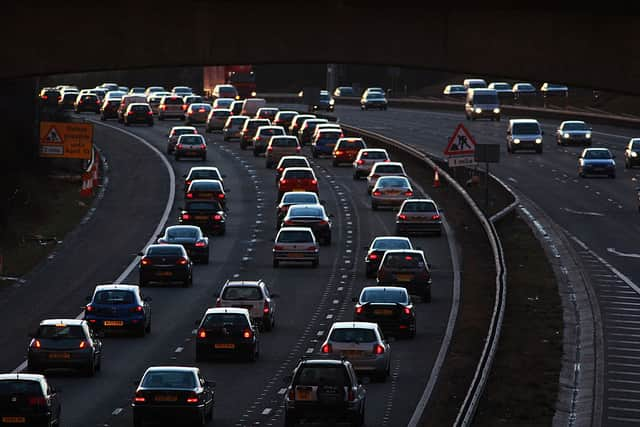

Although opposition councillors have dismissed his vision as nothing more than a costly pipedream, Mr Rees is adamant that plans will be set in stone before his mayorship comes to an end in 2024.
As more than 20 key bus routes are altered or axed across the city, leaving some communities feeling stranded, many residents are perched waiting to hear if an underground railway could prove a more efficient option.
After meeting senior leaders at Bristol City Council, BristolWorld answers some FAQs about the scheme, including what type of vehicles will be used, where exactly the trains will run and if the network will ever hold a candle to the hallowed London Underground.
Will the Bristol Underground be anything like the Tube in London?
Advertisement
Hide AdAdvertisement
Hide AdBristol City Council are keen to move away from comparisons with the London Underground as its trains are polluting and run across a network that’s well over a century old. Meanwhile the authority is working towards targets to become carbon neutral by 2030. Studies have shown that the Tube boasts levels of pollution up to 15 times higher than at street level.
It also goes without saying that any underground railway in Bristol would be nowhere near on the same scale as the existing one in London, which offers its services to a population of around nine million. In Bristol there are around one million people moving around the city daily, which potentially doubles when you factor in commuters from other cities and towns along with the night-time economy.
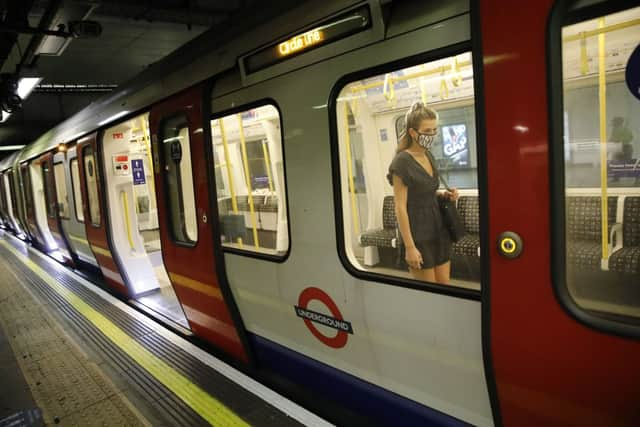

There would be some similarities with the Tube though, one of them being that the Bristol trains would run ‘over the ground’ as well as underneath it, particularly towards the outskirts of the city where the land permits. This is seen on London’s DLR, Overground and segments of the Underground networks.
Will the Underground cover the whole of Bristol?
Bristol Underground would operate as part of a ‘mass transit’ system that aims to be greater than the sum of its parts. Depending on what transport option works best for your area, it might be covered by rail route, segregated bus system, the Underground or all three.
Advertisement
Hide AdAdvertisement
Hide AdThe overall priority for the Council is to slash the average time it takes for a Bristolian to reach the city centre when using publc transport, namely half an hour. By doing this, it is hoped that residents will ditch their cars and be more likely to hop on a train or bus, therefore lowering emissions.
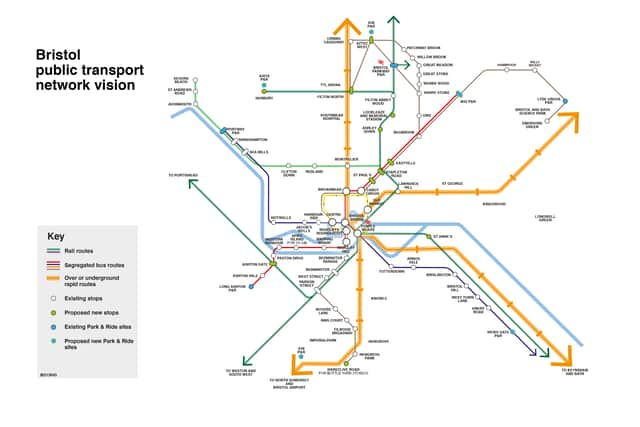

Exactly where the Underground stops will be is still being looked at, but what we do know is that the network would run roughly along these corridors, according to the current blueprint:
North - towards Cribbs Causeway, stopping at Montpelier, Southmead Hospital and Filton.
Bristol - Bath - From Temple Meads, stopping at Arnos Vale before heading towards Keynsham and Bath.
Advertisement
Hide AdAdvertisement
Hide AdEast - From Temple Meads, heading towards Lawrence Hill and St George.
South West - From Temple Meads, possibly stopping at Knowle, Withywood and Hartcliffe, before reaching Bristol Airport.
What types of vehicles would be used?
The Council are currently looking at four key options for vehicles that could run on the Underground:
- Very Light Rail (VLR)
- Rapid bus transit
- Metro
- Tram-train
It’s unlikely that the authority would plump for the latter two as they are not feasible in densely-populated areas without knocking a fair few buildings down. At the moment VLR is favoured, with a similar scheme currently being developed in Coventry. An attractive plus when it comes VLR trains is that they’re carbon free.
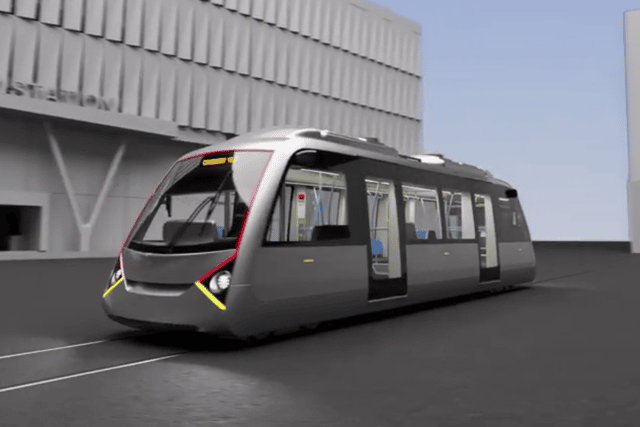

Where would the work begin?
Advertisement
Hide AdAdvertisement
Hide AdThe ‘south west’ corridor from Temple Meads to Bristol Airport would be the Council’s priority once work on the Underground kicks off. It’s already a well-used route, with around one million journeys made on the Bristol Flyer bus from the station to the airport every year.
It is hoped that the Underground would swoop round ‘cut off’ areas like Hartcliffe, Withywood and Knowle on the way, potentially opening up thousands of job opportunities for those neighbourhoods who would then have fast, direct access to the airport and city centre.
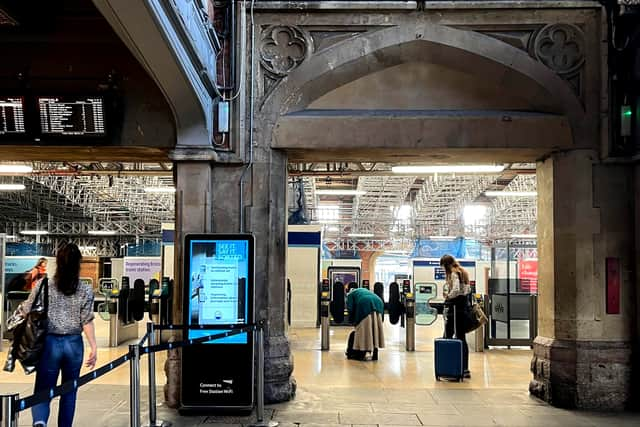

When can we expect it to be finished?
Mr Rees has stated he will not be standing to be re-elected as mayor in 2024, and he’s keen to get plans for mass transit along with the Underground ‘embedded’ within the next two years.
An ecology report has apparently already dubbed the scheme ‘doable’, and it is understood that the job could be made even swifter if the Council decides to utilise Bristol’s 19th Century mines, which would be grouted to make way for underground trains.
Diggers should move in to begin work by 2029/30 on schemes involving both overground and underground routes.
Comment Guidelines
National World encourages reader discussion on our stories. User feedback, insights and back-and-forth exchanges add a rich layer of context to reporting. Please review our Community Guidelines before commenting.
